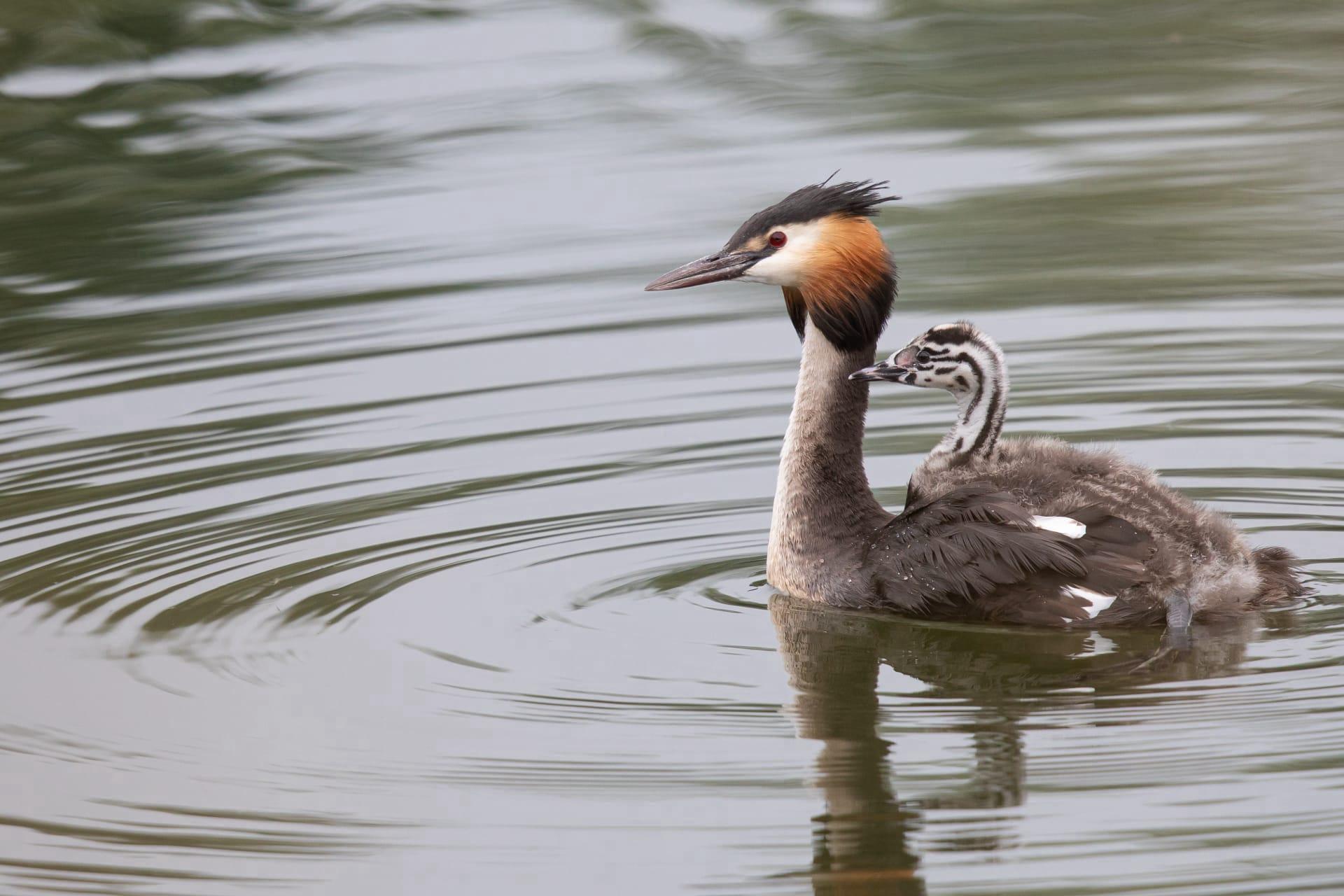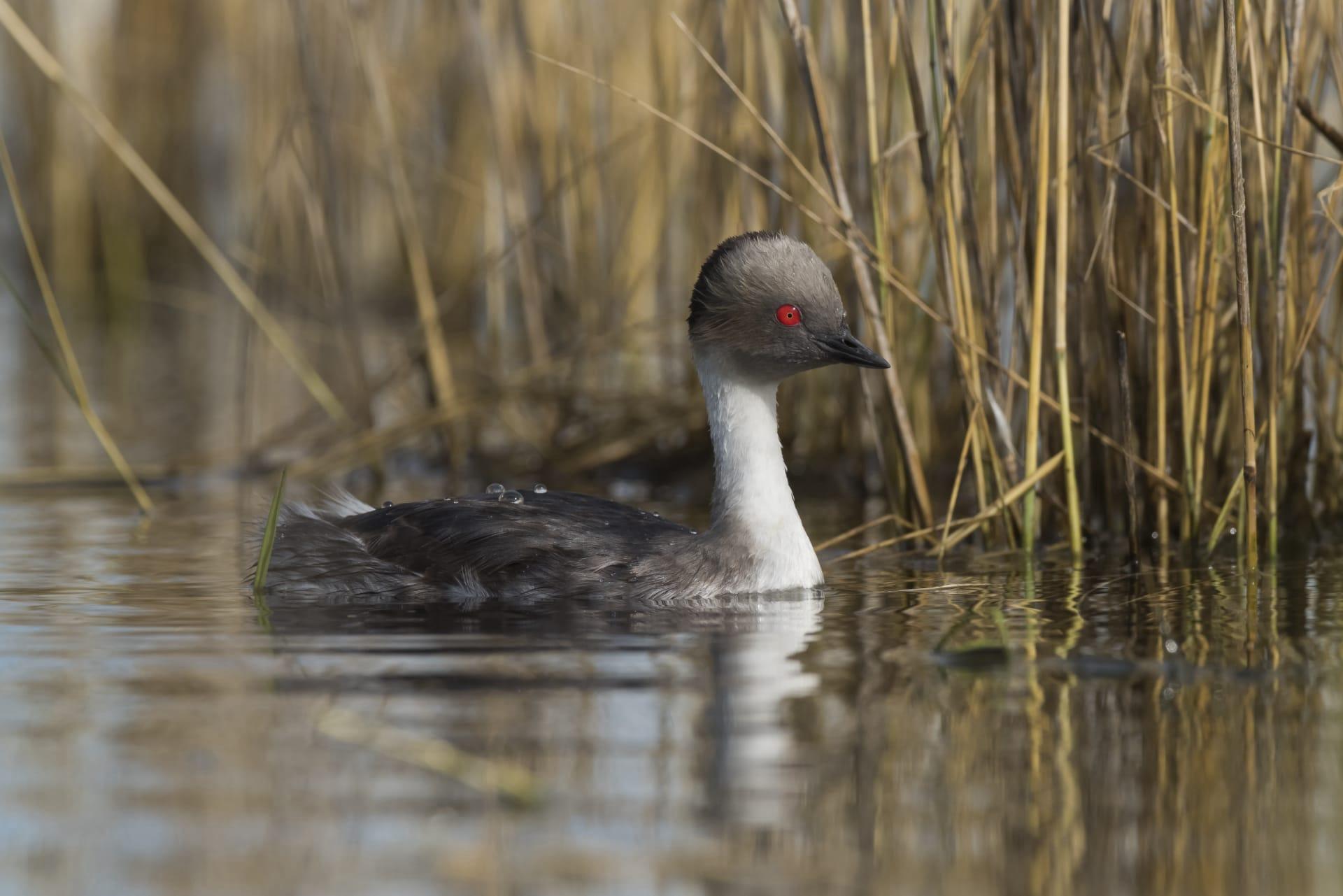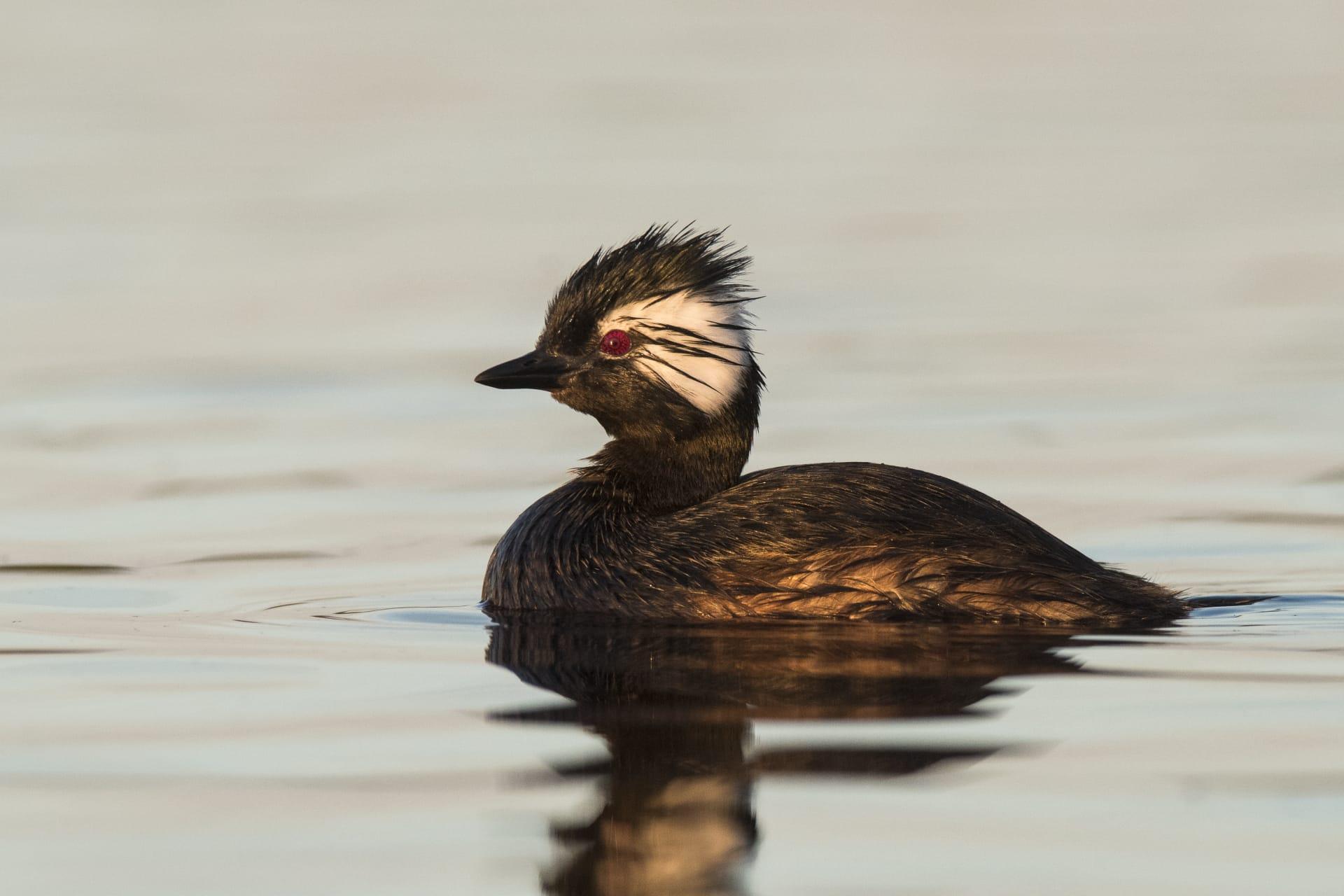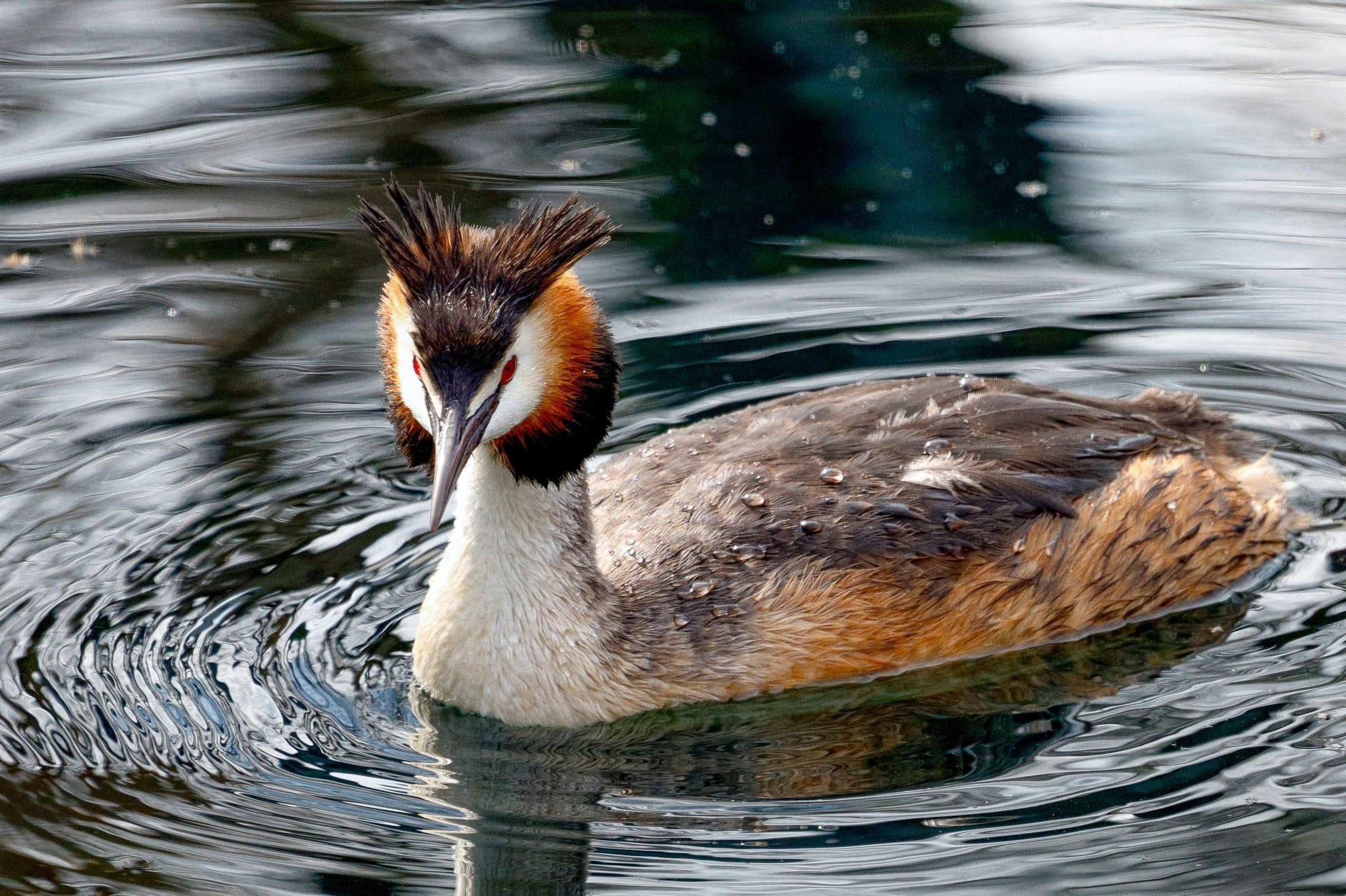Grebe Trivia
- Home /
- Trivia Question /
- Animal /
- Grebe Trivia
1
Question: What unique feature distinguishes Grebes from most other birds when it comes to their nesting habits?
Answer: Grebes are renowned for their floating nests. Unlike most birds that build nests in trees or on the ground, Grebes construct their nests on the water's surface. These nests are anchored to aquatic plants and made from plant material. This unique adaptation not only provides safety from many land predators but also allows Grebes to capitalize on their aquatic environment.
Question: How efficient are Grebes in their diving ability, and what physical adaptations assist them?
Answer: Grebes are exceptional divers, adept at chasing fish underwater. They can dive for up to 30 seconds and reach depths of about 20 feet (6 meters). Their lobed toes, which are not fully webbed like those of ducks, provide powerful propulsion underwater. Additionally, their slender, streamlined body reduces water resistance, making them agile and efficient hunters.

2
Question: Is it true that Grebes can't walk on land? Why or why not?
Answer: It's a common misconception that Grebes can't walk on land. In reality, they can, but with difficulty. Their legs are placed far back on their bodies, optimizing them for swimming and diving but making land movement awkward. They prefer to avoid land, but if necessary, they can walk using a shuffling gait.
Question: Do Grebes fly south for the winter like many other bird species?
Answer: While some people believe Grebes don't migrate, many species actually do. They are not long-distance flyers like some migratory birds but will relocate to find unfrozen water bodies with abundant food. This migration is typically nocturnal and more low-key compared to other birds, contributing to the misconception that they don't migrate at all.

3
Question: What unique courtship behavior is observed in Grebes?
Answer: Grebes are famous for their intricate and synchronized courtship dances. A remarkable aspect is the "rushing" phase, where pairs run across the water's surface in perfect harmony, creating the illusion of walking on water. This behavior, coupled with mutual preening and duet calls, strengthens the bond between mates and is a key part of their mating ritual.
Question: How do Grebes ensure their chicks' safety in their aquatic environment?
Answer: Grebe chicks are born precocial, meaning they're relatively mature and mobile from birth. To keep them safe, Grebe parents often carry the chicks on their backs while swimming. This not only protects the chicks from aquatic predators but also keeps them warm and allows them to conserve energy. The chicks will ride like this for several weeks until they're capable of swimming and diving on their own.

4
Question: Can Grebes sleep on water? If so, how do they stay afloat?
Answer: Yes, Grebes can sleep on the water. They have a special ability to lock their muscles in place, allowing them to stay afloat without any conscious effort. This adaptation enables them to rest on water safely, as they can quickly become alert and dive to escape predators if necessary.
Question: Are Grebes social birds, and how do they interact with each other outside of the breeding season?
Answer: Outside the breeding season, Grebes are generally solitary birds. However, during migration and in winter, they can sometimes be found in loose groups. These gatherings are not highly social, and interactions are limited, but they do occasionally engage in collective feeding if a plentiful food source is found.

5
Question: What adaptations allow Grebes to have an almost exclusively aquatic lifestyle?
Answer: Grebes have several adaptations for an aquatic lifestyle. Their dense plumage is waterproof, keeping them dry and insulated in water. The position of their legs towards the back of their body makes them excellent swimmers and divers. Their diet, mainly consisting of fish and aquatic invertebrates, allows them to thrive in water-rich environments.
Question: How do Grebes communicate with each other, and what is the purpose of their vocalizations?
Answer: Grebes use a variety of vocalizations to communicate, including trills, whistles, and loud calls. These sounds serve multiple purposes: establishing territories, attracting mates, coordinating between mates, and signaling alarm. The complexity of their calls varies among species, with some having a wide range of distinct sounds used in different contexts.